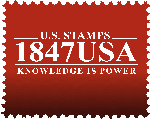
Laid Paper
A paper distinguished by parallel lines or watermarks a few millimeters apart, as if ribbed, from parallel wires in the grid the paper pulp is "laid" on.
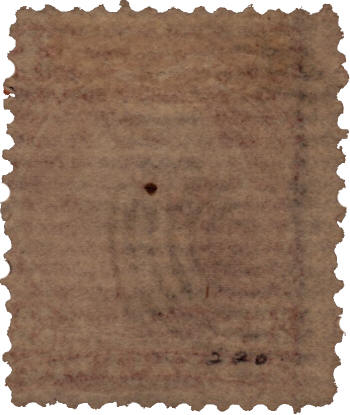
Large Bank Notes
(US 134-218) the stamps produced by the National, Continental and American Banknote Companies from 1870-1890. The large Bank Notes are of course larger than the later definitives, including the Baby Bank Notes and the Bureau Issues that followed. The large Bank Notes were printed on 200 subject sheets, by the flat plate method, consisting of two side by side panes of 100. The seven cent stamp at right was the last denomination of the stamps issued by the National Bank Note Company.

Large Die Proof
A die proof printed on a piece of card stock or India paper that typically measures 2 or 3 inches on a side.

Layout Lines
Lines or dots drawn on the blank plate by the siderographer to assist the transfer of the design on the die to the exact positions on the plate. Since many US flat plates contained 400 images, this was often a critical step in the stamp production process.

Leader Strip
A strip of thick paper attached to the first (leading) stamp on a roll of coil stamps.

Leavitt Postal Markings
The Leavitt canceling machines were the first continuous canceling machines in the United States, with major use in the Boston and New York City in the 1870s, 1880s and 1890s. The definitive work on the subject is widely regarded to be: Thomas Leavitt: His History and Postal Markings, 1875-1892 - by Robert J. Payne.

Letterpress
Another name for typography, letterpress is the opposite of intaglio, or engraved printing. Letterpress is done from line or halftone plates by ordinary typesetting. The ink sits above the surface of the plate, whereas in intaglio printing the ink rests below the surface of the plate. Thus in letterpress, the ink lies flat against the surface of the paper. Letterpress was used to print overprints on US stamps.
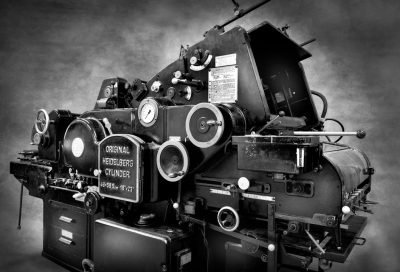
Lexington Concord Issue
The first of many US commemoratives issued to honor the 150th anniversary of events that surrounded America's War of Independence. They were issued in 1925.

LH
(Lightly Hinged) Although there are varying degrees of LH, we have even seen XXXLH (extremely, extremely, extremely lightly hinged), in a sense LH means NOT NH (not never hinged) and is the kiss of death for collectors who collect only MNH (mint never hinged).
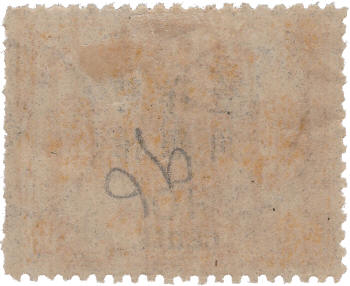
Liberty Series
The sixth series of definitive stamps issued by the Bureau of Engraving and Printing. The stamps range in denomination from ½¢ to $5. The deep violet three cent Statue of Liberty was one of the most commonly used stamps in history.
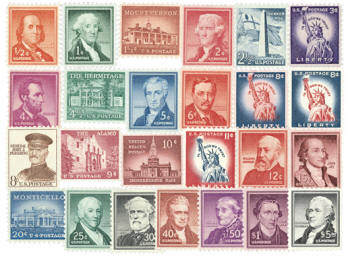
Line Engraving
The sixth series of definitive stamps issued by the Bureau of Engraving and Printing. The stamps range in denomination from ½¢ to $5. The deep violet three cent Statue of Liberty was one of the most commonly used stamps in history.
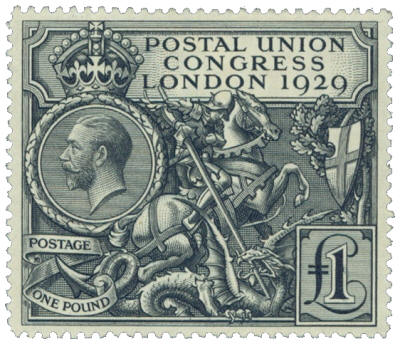
Line Pair
A pair of coil stamps with a line between them. Stamps produced by the flat plate method have a guideline and are usually listed as guideline pairs, while stamps produced on a rotary press have a joint line and are listed as joint-line pairs.

Liner
Coated paper used as a backing for mint self-adhesive stamps. The liner allows the release of the stamp, which may then be applied with pressure to envelope paper.
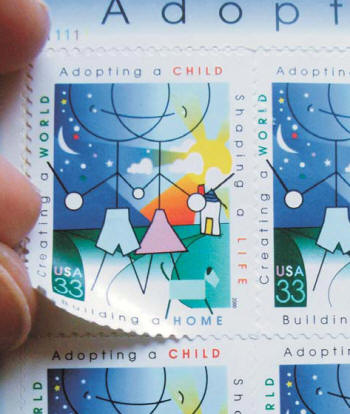
Linerless
An experimental form of self-adhesive coil stamp that requires no liner. The mint stamps are rolled upon each other in a manner similar to adhesive tape. See United States Scott 3132, 3133.

Line Perforater
Perhaps the simplest method of perforation, a line machine with a single row of pins punches the perforations one row at a time from top to bottom. The sheet of stamps is then turned sideways and perforations are again added row by row. Since the horizontal perforations and the vertical perforations were made in separate steps, line perforation stamps rarely have intersecting lines of perforations meeting cleanly. Line perforation may be contrasted with comb perforators, which perforate three sides of a stamp at a time and Harrow perforators, which perforate the entire sheet at one time.
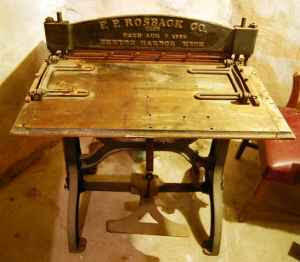
Lithography
A method of printing in which the ink lies flat on the surface of the printing plate, that is planographic, as opposed to the typographic or relief, method in which the ink lies above the surface, and the intaglio or engraved method, in which the ink lies below the surface. This is accomplished by masking off the area of the design with an oily substance which repels water. Wetting the plate moistens all the areas that are not to be inked, but not the design. When ink is applied to the moistened plate it only adheres to the design and is repelled by the water covered areas. The plate is then pressed against paper to transfer the design. Direct lithography prints without the use of an intermediate roller or blanket. Indirect lithography uses an intermediate rubber blanket or cylinder, and is often referred to as "offset lithography" or simply, "offset". Offset printing is of prime importance to U.S. collectors since many important Washington Franklin stamps were printed using this method.
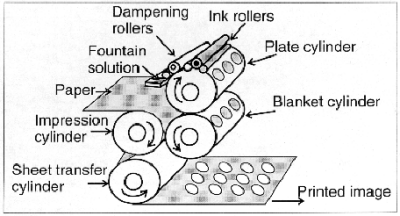
Local Post
Describes a number of types of mostly private mail delivery services, often functioning in association with government services. The services included among other things, city delivery services, independent mail routes, and express delivery for shipping parcels and letters long distances. Most collectors think of city delivery services when they think of local stamps (locals).
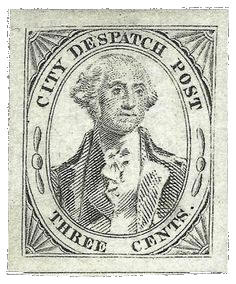
Local Precancel
A precancel applied to stamps in the city of the precancel, i.e. applied locally, as opposed to being applied at the Bureau of Engraving and Printing (Bureau precancels).

Local Stamps (Locals)
Stamps issued by the government or private posts for use within a limited area or postal system. There are at least six distinct entities that issued local stamps: the United States Post Office Department; carrier departments associated with local post offices; independent mails (1844-1845); privately owned local posts; privately owned supplemental posts that carried mail in areas not serviced by the government; and Western and transcontinental expresses such as Wells Fargo and the Pony Express.

Louisiana Purchase Exposition Stamps
(US 323-327) a set of commemorative postage stamps issued to promote the St. Louis Exposition of 1904.

Luff, John
Sometimes referred to as the "Dean of American philatelists". His 1902 work "Postage Stamps of the United States" was the seminal work on the U.S. classics and was considered the definitive reference until Brookman published "The United States Stamps of the 19th Century" in 1947.
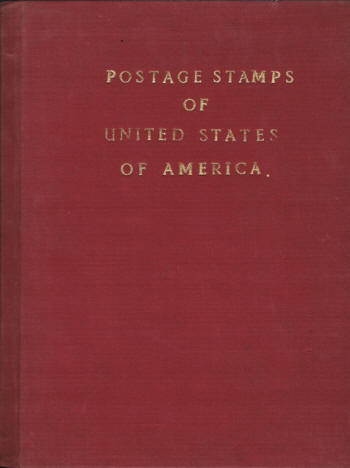
Luminescent Stamps
Stamps coated (tagged) with a colorless phosphorescent material, or printed on fluorescent paper or with fluorescent ink to speed up mail processing and distribution. The "taggant" is only visible under ultraviolet light.


